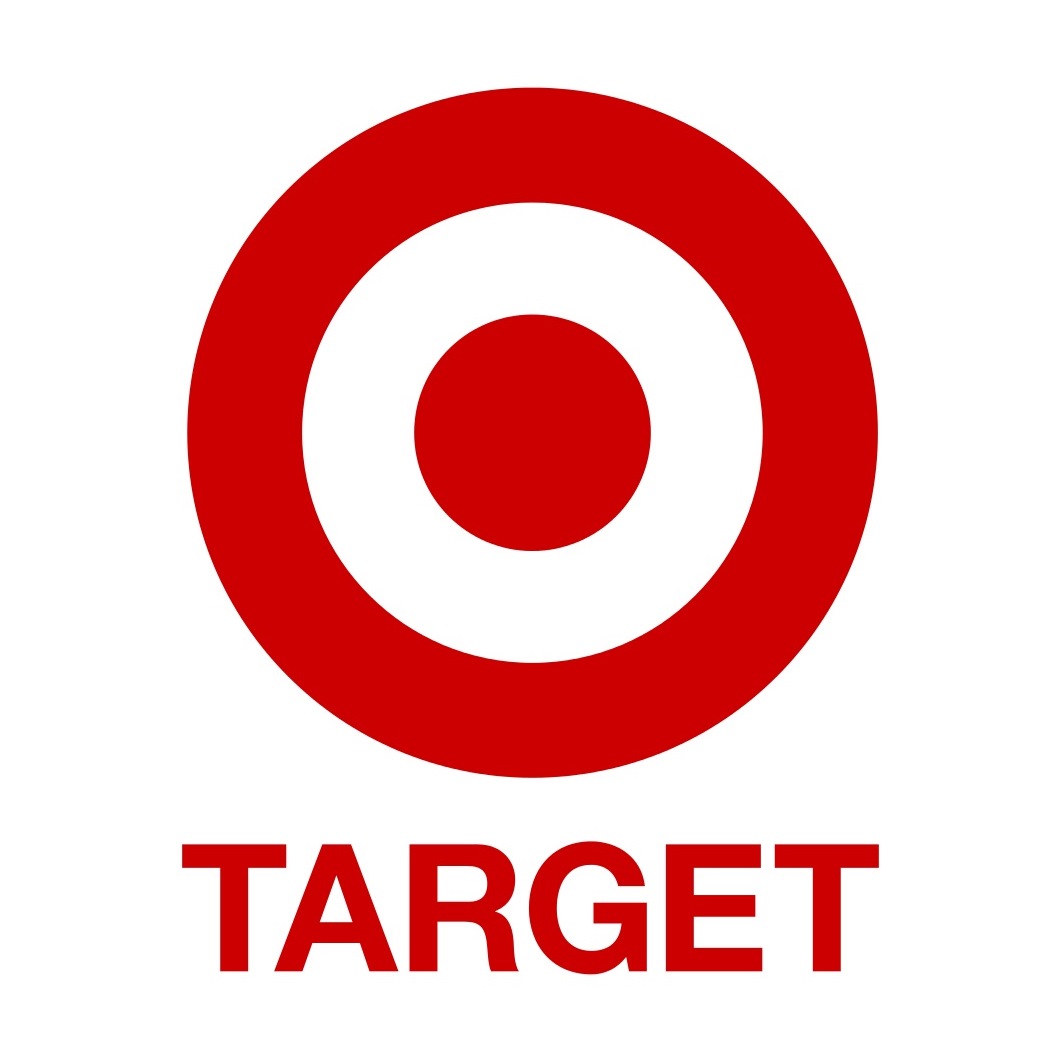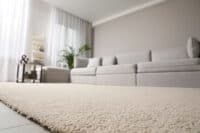
When Amazon.com Inc. (NASDAQ: AMZN) announced its $13.7 billion acquisition of Whole Foods Market Inc. (NASDAQ: WFM) about two weeks, one of the retail stocks hit hardest was Target Corp. (NYSE: TGT). The share price tumbled more than 5% on the day of the announcement and over 3.5% more through last Friday’s close.
Investors and some analysts see the big-box store getting squeezed from both sides — Amazon moving into brick-and-mortar retailing and Wal-Mart Stores Inc. (NYSE: WMT), which announced the acquisition of men’s clothing brand Bonobos on the same day as the Amazon acquisition. Bonobos, a more fashion-oriented brand, is a thrust directly at the more upscale character Target projects with its fashion brands. Remember the headlines early in June when Ivanka Trump wore a $35 dress from Target’s Victoria Beckham clothing line?
Which competitor does Target need to fight off first? That’s arguable, but there’s not much that Target can add to Amazon’s attempt to bury Wal-Mart, so the more appropriate response might be to turn Target’s attention to fighting off the encroachment by Amazon.
In 2016, 22% of Target’s revenues came from sales of food, beverages and pet supplies. That rose to 24% in the first quarter of this year. Target has about 1,800 U.S. stores, compared with something like 400 U.S. Whole Foods Markets. Would adding a grocery store chain help? Could Target afford to buy one? And if so, which one?
Kroger Co. (NYSE: KR) posted 2015 revenues of $104 billion and is the largest publicly traded grocery store chain (more than 3,700 stores) in the United States. Target’s 2015 revenues totaled $73 billion, so an acquisition of Kroger is essentially out of the question.
So is an acquisition of Costco Wholesale Corp. (NASDAQ: COST), which had revenues of nearly $86 billion in 2015. Alberstons Companies Inc. (NYSE: ABS), parent of Albertsons, Safeway and Jewel stores, among others, posted $27 billion in revenues for 2015 after only about seven months of contributions from the combination of Albertsons and Safeway. The company is controlled by private equity firm Cerberus Capital and has been looking for another chain to buy, and Target probably couldn’t put together an offer big enough to tempt some kind of breakup.
Privately held H-E-B Grocery has more than 300 stores, but all of them are located in Texas (more than 300) or Mexico (about 50). Target would need a better geographical mix.
Family-owned Meijer has 222 stores and 2015 sales of about $16 billion, not far from Whole Foods’ 2015 revenues of about $15 billion. About half the company’s stores are in Michigan and others are located in Illinois, Indiana, Kentucky, Ohio and Wisconsin. Again, not the national footprint Target would likely aim for. Besides, the price of poker just went up and even a regional chain like Meijer is worth more today than it was a month ago.
Target reported cash and equivalents of $2.68 billion at the end of the first quarter of 2017, along with other current assets of $1 billion, not including nearly $8 billion in inventory. Long-term debt totaled more than $11 billion with a current portion due at the time of $1.7 billion.
Buying a grocery chain equal in value (and cost) to Whole Foods could well be out of reach for Target. Amazon could finance the Whole Foods out of its $21.5 billion in cash on hand, but it very likely won’t have to do that. Lenders probably have been lined up for weeks.
Target does have a lot of valuable real estate (about $34 billion worth) to secure borrowed funds. Moody’s has a long-term debt rating of A2 on the company, lower than Wal-Mart’s Aa2 but higher than Amazon’s Baa1. But accumulating more debt may not be the most shareholder-friendly thing Target could do now, especially given a near 30% year-to-date share price plunge.
Of course there are smaller and cheaper retail grocery chains, but it’s hard to see how acquiring any of those would be an effective counter to the Amazon-Whole Foods combination.
Target stock traded up about 1.5% on Monday, at $51.49 in a 52-week range of $48.56 to $79.33. The consensus 12-month price target is $58.12.
Get Ready To Retire (Sponsored)
Start by taking a quick retirement quiz from SmartAsset that will match you with up to 3 financial advisors that serve your area and beyond in 5 minutes, or less.
Each advisor has been vetted by SmartAsset and is held to a fiduciary standard to act in your best interests.
Here’s how it works:
1. Answer SmartAsset advisor match quiz
2. Review your pre-screened matches at your leisure. Check out the advisors’ profiles.
3. Speak with advisors at no cost to you. Have an introductory call on the phone or introduction in person and choose whom to work with in the future
Thank you for reading! Have some feedback for us?
Contact the 24/7 Wall St. editorial team.




